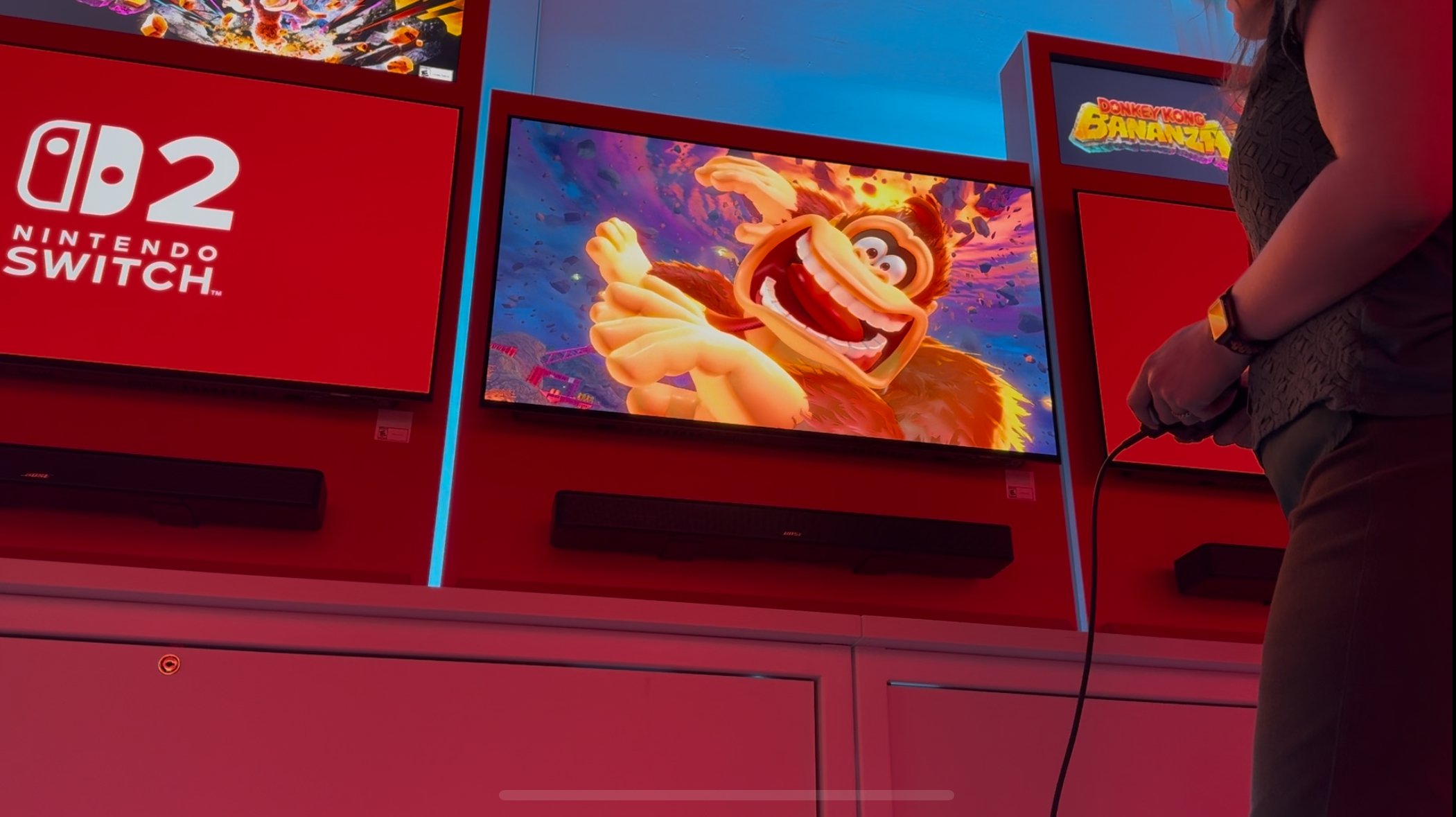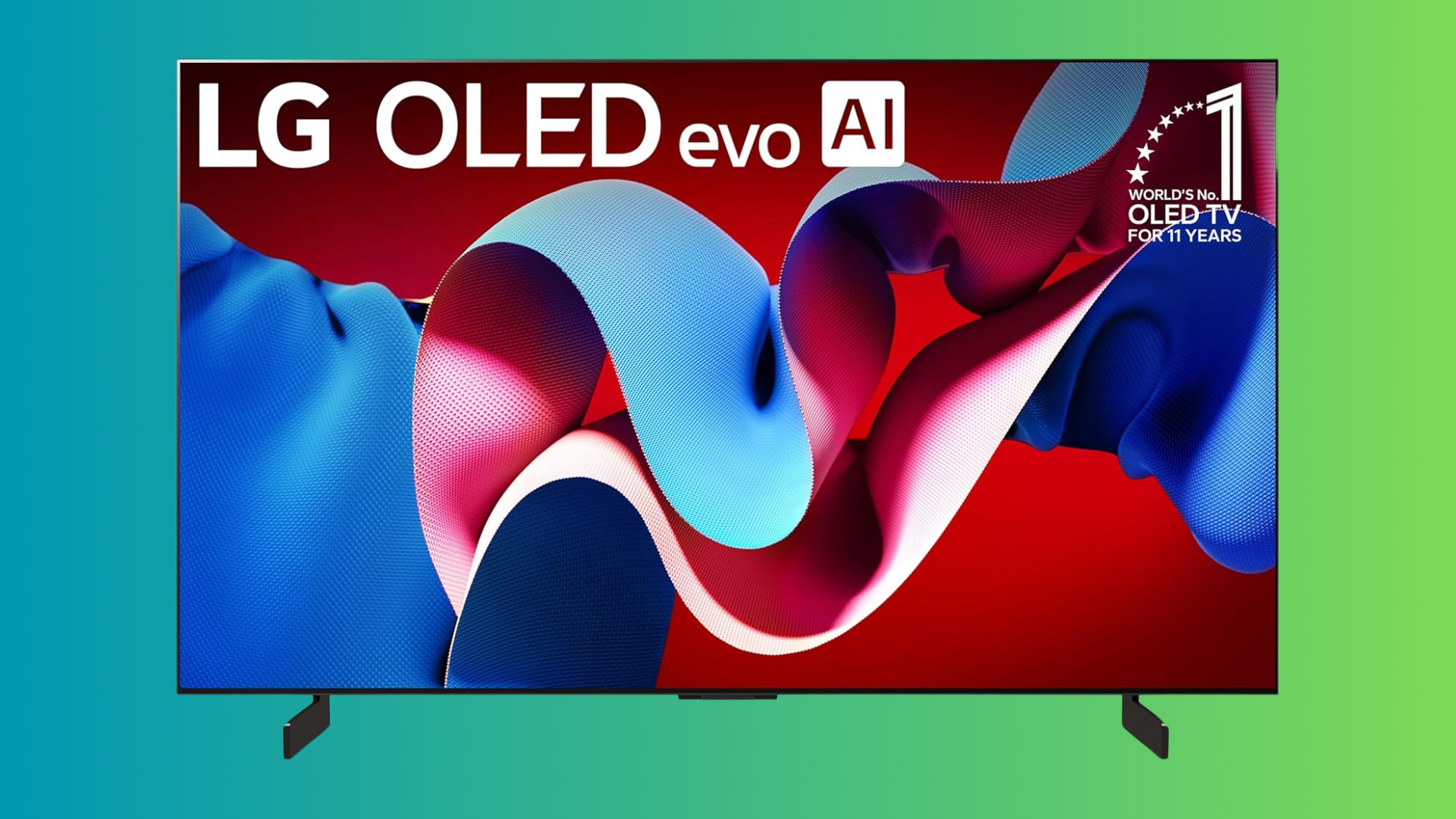Now Reading: Adjust HDR Settings on Your Switch 2 for Optimal Experience
-
01
Adjust HDR Settings on Your Switch 2 for Optimal Experience
Adjust HDR Settings on Your Switch 2 for Optimal Experience

Rapid Summary
- The Nintendo Switch 2 introduces HDR (High Dynamic Range) settings for improved visual contrast in gaming.
- configuring HDR on the Switch 2 has proven complicated, especially for users unfamiliar with HDR standards.
- Users are instructed to configure their settings using two screens:
– First screen: Adjust brightness until one of two sun icons disappears. Proper results depend heavily on TV compatibility with the HGiG HDR standard or equivalent “Game HDR.”
– Second screen: Adjust paper white level via a hidden slider revealed by pressing the Y Button during setup.
- TVs lacking HGiG require alternative adjustments, such as setting the sun test levels at higher brightness and adjusting paper white to about 40%.
- Accurate calibration might need external instruments like an Xbox Series X to measure brightness levels (nits), leading to frustration among users.
- A YouTube video by HDTVTest highlights these issues and offers specific calibration guidance, sparking debates on Reddit about accessibility and proper setups for various TVs.
Images:
- Switch 2 playing Donkey Kong
!2000×1125.v1750276742.png”>Paper White Slider
Credit: HDTVTest/YouTube
Indian Opinion Analysis
The technical complexities in calibrating HDR on devices like the Nintendo Switch 2 highlight broader challenges within consumer technology accessibility. Advanced features such as dynamic tone mapping rely heavily on coordinated compatibility between hardware manufacturers and software developers, which often leaves end-users grappling with intricate configuration requirements.
For India-a growing market for gaming consoles-it raises questions about awareness among casual gamers regarding such settings, especially when specialized equipment or knowledge is required to optimize performance effectively. This could impact adoption rates of high-end devices unless companies provide simplified solutions or more intuitive user interfaces.
Furthermore, discussions around this issue underscore a gap between innovative technology rollout and consumer education-an area ripe for improvement across tech industries catering to global audiences where varying levels of technical proficiency exist. While new features like HDR enhance gaming experiences visually, their inability to work seamlessly out-of-the-box may deter non-expert users looking for convenience over complexity.























